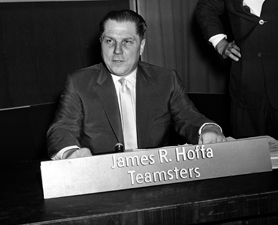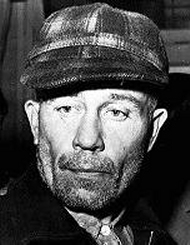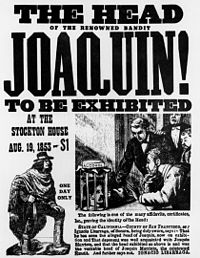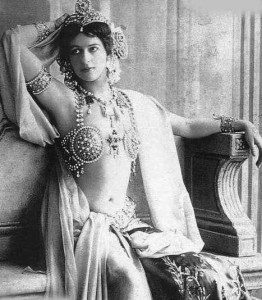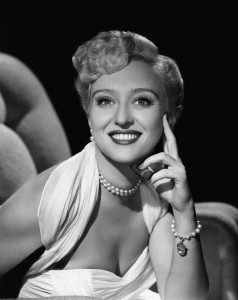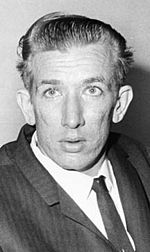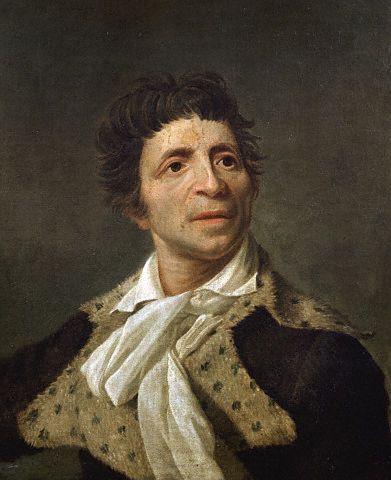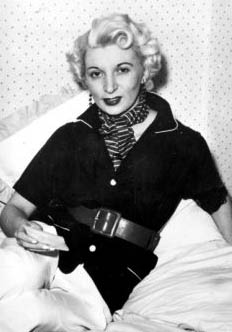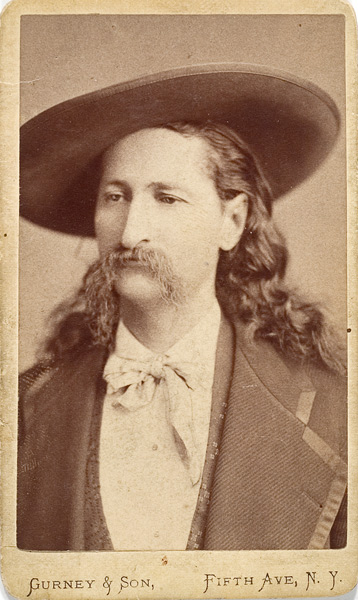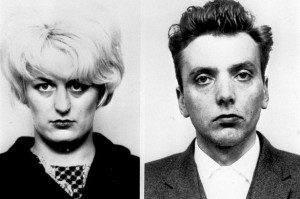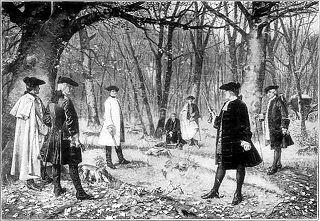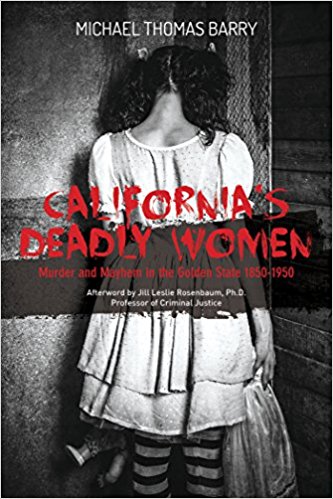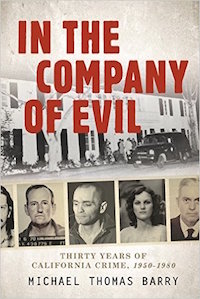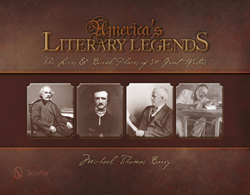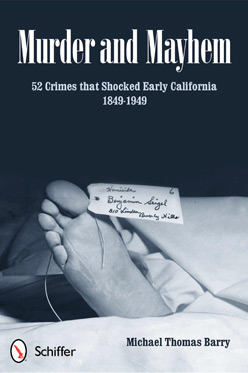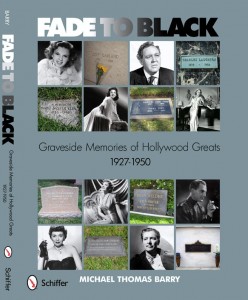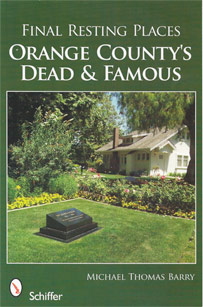08.01
On this date in 1966, Charles Whitman takes a stockpile of guns and ammunition to the observatory platform atop a 300-foot tower at the University of Texas and proceeds to shoot 46 people, killing 14 people and wounding 31.
A fifteenth died in 2001 because of his injuries. Whitman, who had killed both his wife and mother the night before, was eventually shot to death after courageous Austin police officers, including Ramiro Martinez, charged up the stairs of the tower to subdue the attacker. Whitman, a former Eagle Scout and Marine, began to suffer serious mental problems after his mother left his father in March 1966. On March 29, he told a psychiatrist that he was having uncontrollable fits of anger. He purportedly even told this doctor that he was thinking about going up to the tower with a rifle and shooting people. Unfortunately, the doctor didn’t follow up on this red flag. On July 31, Whitman wrote a note about his violent impulses, saying, “After my death, I wish an autopsy on me be performed to see if there’s any mental disorders.” The note then described his hatred for his family and his intent to kill them. That night, Whitman went to his mother’s home, where he stabbed and shot her. Upon returning to his own home, he then stabbed his wife to death. The following morning, Whitman headed for the tower with several pistols and a rifle after stopping off at a gun store to buy boxes of ammunition and a carbine. Packing food and other supplies, he proceeded to the observation platform, killing the receptionist and two tourists before unpacking his rifle and telescope and hunting the people below. An expert marksman, Whitman was able to hit people as far away as 500 yards. For 90 minutes, he continued firing while officers searched for a chance to get a shot at him. By the end of his rampage, 16 people were dead and another 30 were injured. The University of Texas tower remained closed for 25 years before reopening in 1999.

